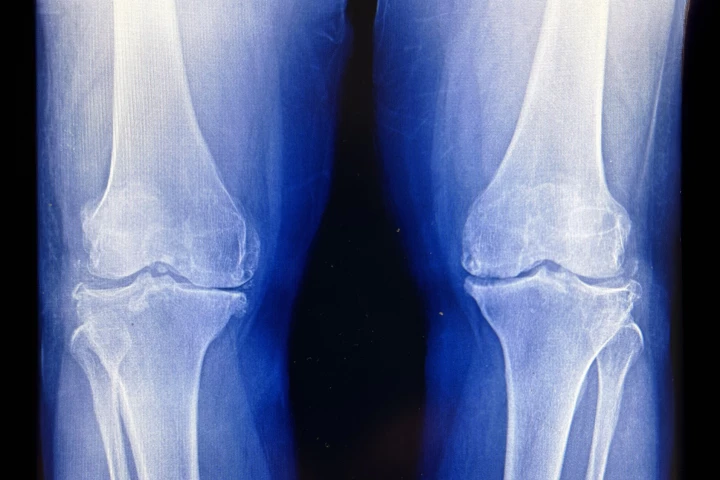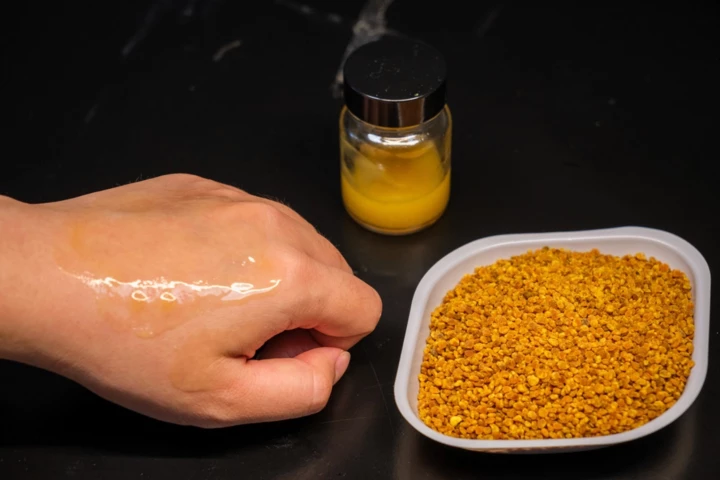Seoul National University
-
In a clinical trial, six sessions of low-dose radiation significantly eased knee osteoarthritis pain and improved function for months afterwards, hinting at a safe, drug-free alternative for millions living with joint degeneration.
-
Minerals like titanium dioxide are effective sunscreen ingredients, but they can harm coral reefs if used in their non-nanoparticle form. An experimental new sunscreen forgoes the minerals altogether, replacing them with "just-as-effective" pollen.
-
In a world first, scientists have mapped the dog epigenome. It opens the door to a better understanding of how environmental factors influence gene expression and to the development of new disease treatments for both us and our canine best friends.
-
A food that's subtly sweet to one person may be very sweet to another, so how can food and beverage companies objectively determine just how sweet something actually is? Well, an experimental new "bioelectronic tongue" may one day do the job.
-
As most of us have noticed over the past couple of years, face masks can sometimes be a hassle – necessary though they are. An experimental new mask, though, automatically becomes easier to breathe through when maximum air filtration isn't required.
-
A peptide called MOTS-c shows promise in preventing type 1 diabetes, in new tests in human cells in culture and live mice. The peptide regulates the immune system, potentially leading to treatments for type 1 diabetes and other autoimmune diseases.
-
Hankook's R&D department has been working with biorobotics experts from Seoul National University and Harvard engineers on a weird transforming origami wheel project. These folding oddities can drastically alter their diameter and carry heavy loads.
-
Fish have a sensory system known as the lateral line, which allows them to detect movements and pressure gradients in the water. Scientists have now given a robotic fish its own version of that system, letting it determine the best swimming speed.
-
Inflammatory bowel diseases, including ulcerative colitis and Crohn’s disease, are unpleasant, chronic conditions with few treatment options. Now, researchers may have found a way to potentially “switch on” the body’s natural tissue repair system.
-
The Sun is a great source of energy, but of course those rays can be damaging as well. Engineers in Korea have now developed a new way to make perovskite solar cells to protect them from the elements without reducing their efficiency.
-
Researchers have developed a new springing mechanism for robots that enables them to jump many times their own height at just the right time, a technology they have demonstrated in their so-called JumpRoACH leaping micro-bot.
-
As strange as it sounds, the future of skin care could involve tiny robots powered by changes in humidity. This week, a group of researchers shared their research into creating such devices, inspired by the slow motions of plants.
Load More











